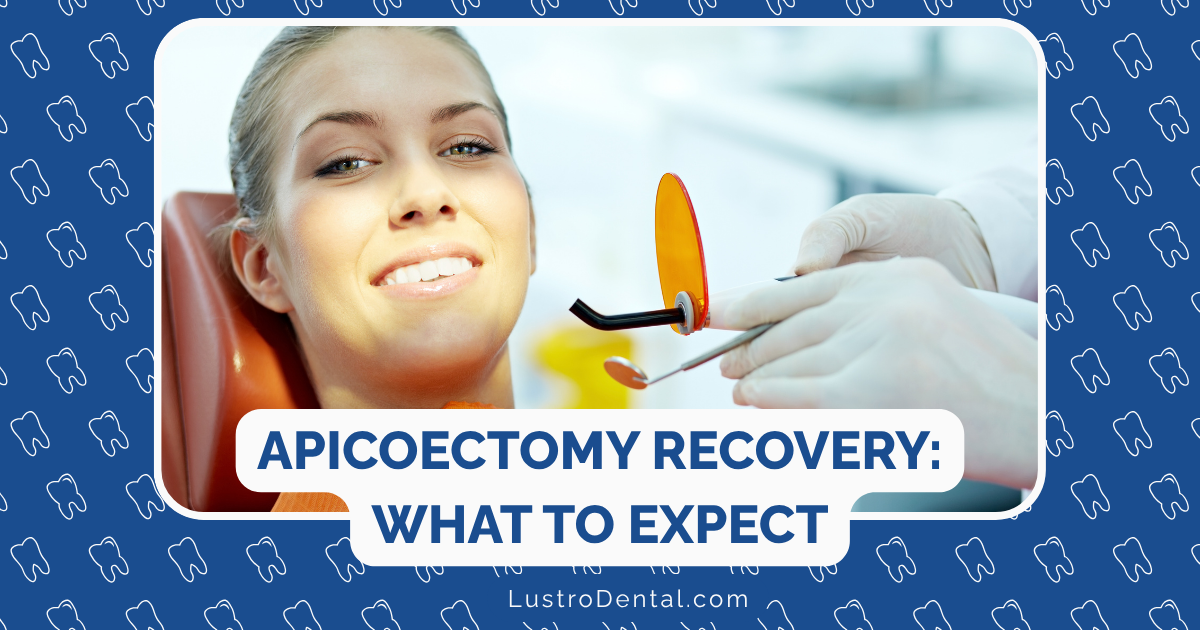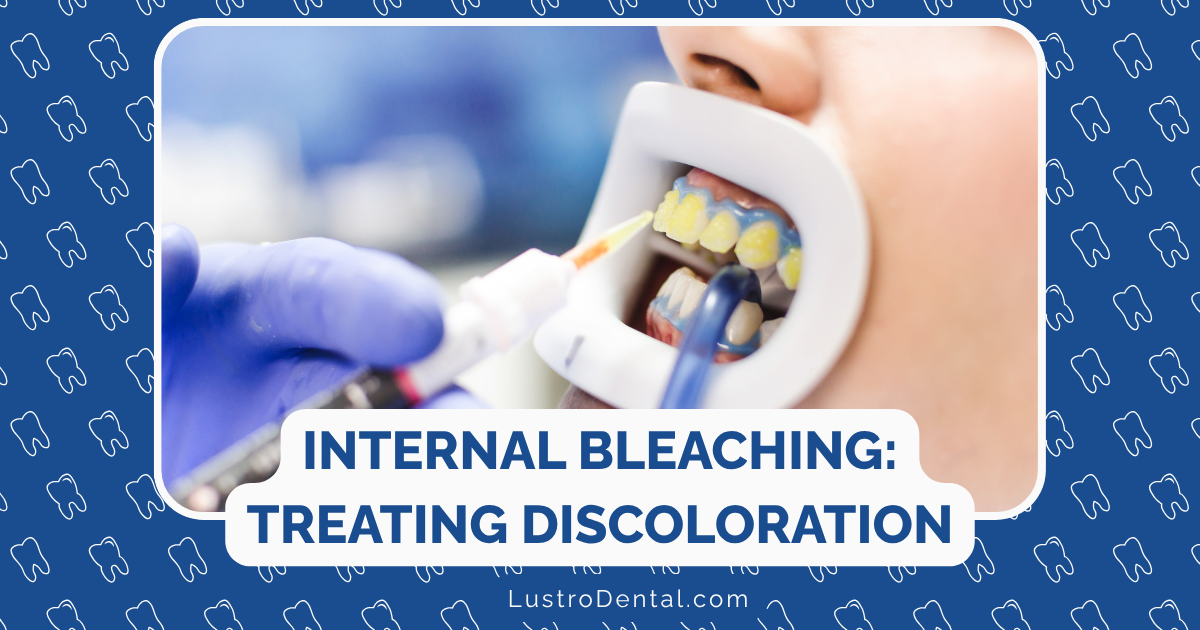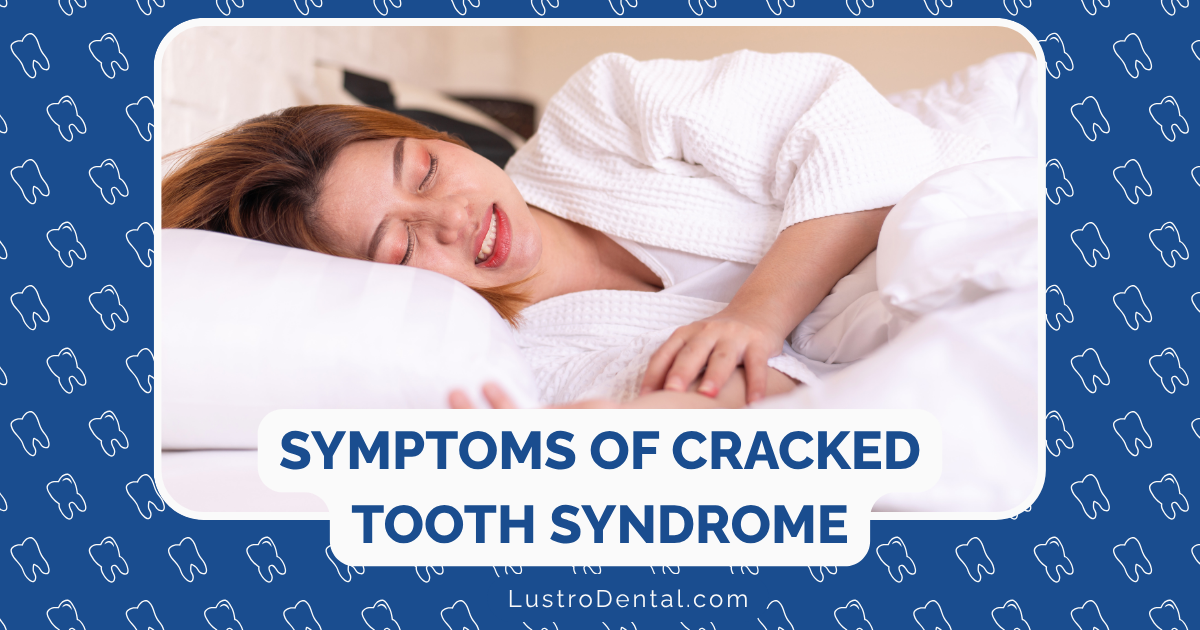Recovery After Apicoectomy: Timeline and Home Care Instructions

If you’ve recently undergone an apicoectomy or have one scheduled, you might be wondering what lies ahead on your healing journey. As someone who’s guided countless patients through this process, I understand the mixture of relief and uncertainty you might be feeling right now.
The good news? With proper care and a little patience, most people recover smoothly from this procedure. Let’s walk through what you can expect day by day, and the simple steps you can take at home to ensure optimal healing.
Understanding Your Apicoectomy Recovery Journey
Recovery from an apicoectomy isn’t just about physical healing—it’s also an emotional process. Many patients report feeling anxious about doing something wrong that might compromise their results. That’s completely normal, and I’m here to help you navigate this time with confidence.
According to research published in the Journal of Endodontics, most patients return to their normal routines much sooner than they expect. Let’s break down your recovery timeline so you know exactly what to expect.
Immediate Post-Procedure: The First 24 Hours
These initial hours set the foundation for your entire recovery process. Here’s what you’ll experience and how to handle it:
What You’ll Feel:
- Numbness: The local anesthesia will wear off within 4-8 hours
- Minor bleeding: Some oozing is normal and usually stops within 1-2 hours
- Discomfort: As the anesthesia fades, you’ll likely feel some pain at the surgical site
- Swelling: This typically begins within hours of the procedure
Home Care Instructions:
- Bite gently on gauze for about an hour after the procedure to help a blood clot form
- Apply ice packs to your face (15 minutes on, 15 minutes off) for the first 4-6 hours
- Take medications as prescribed—ideally before the anesthesia wears off completely
- Elevate your head with two pillows when resting or sleeping
- Avoid rinsing your mouth for at least 8 hours
- Eat soft, cool foods like yogurt, smoothies, or mashed potatoes
- Avoid hot foods, spicy items, alcohol, smoking, and using straws
Pro Tip: Prepare your recovery space before your procedure. Have ice packs ready in the freezer, soft foods in the pantry, and your pain medication on hand. This small bit of preparation makes a world of difference when you return home.
Days 2-3: Peak Swelling Phase
This is typically when swelling reaches its maximum and can be the most uncomfortable part of your recovery.
What You’ll Experience:
- Increased swelling: This is normal and typically peaks around day 3
- Continued discomfort: Pain should be manageable with medication
- Possible bruising: Some patients develop slight bruising on the face
- Limited jaw opening: You might notice some stiffness when opening your mouth
Home Care Instructions:
- Continue ice application for the first 48 hours
- Switch to warm compresses after 48 hours to help reduce swelling
- Begin gentle salt water rinses (½ teaspoon salt in 8 oz warm water) after meals
- Continue taking medications as directed
- Maintain a soft food diet
- Avoid physical exertion that could increase blood pressure to the surgical area
Dr. Emily Chen of the Advanced Endodontic Institute notes, “The third day is often when patients call with concerns, thinking something is wrong because they feel worse than on day one. This is actually part of the normal inflammatory process and usually improves dramatically after this peak.”
Days 4-7: Initial Healing Phase
During this time, you should start noticing improvement as your body’s natural healing processes kick into high gear.
What You’ll Notice:
- Decreasing swelling: Your face should begin returning to normal
- Improving comfort levels: Pain should be subsiding
- Better jaw mobility: Any stiffness should start to resolve
- Healing of the surgical site: The area may look less red and irritated
Home Care Instructions:
- Continue salt water rinses after meals and before bed
- Gradually reintroduce softer regular foods as tolerated
- Begin very gentle brushing near (but not directly on) the surgical site
- Reduce pain medication as discomfort lessens
- Stay hydrated and maintain good nutrition to support healing
- Attend your follow-up appointment if scheduled during this period
Important: If you have dissolvable stitches, they typically begin to dissolve during this period. This is normal and not cause for concern.
Weeks 2-4: Visible Recovery Phase
By this point, most of the external signs of your procedure should be resolving.
What to Expect:
- Minimal to no swelling: Your face should look normal again
- Significantly reduced discomfort: Many patients are pain-free by now
- Improved eating ability: You should be able to eat most foods comfortably
- Suture resolution: Any remaining stitches should be gone (either dissolved or removed at follow-up)
Home Care Instructions:
- Resume normal oral hygiene but continue to be gentle around the surgical site
- Return to your regular diet, though extremely hard foods may still be uncomfortable
- Resume light exercise if you haven’t already
- Monitor the surgical site for continued improvement
- Keep any scheduled follow-up appointments
According to a study in the International Journal of Dentistry, approximately 85% of patients report feeling “back to normal” by the three-week mark.
Months 1-6: Complete Healing Phase
While you’ll feel normal much sooner, it’s important to understand that complete healing takes time.
What’s Happening Internally:
- Bone regeneration: The bone around your tooth root is gradually healing
- Tissue remodeling: Gum tissue is completing its repair process
- Resolution of any residual numbness: If you experienced any numbness, it typically resolves during this period
Long-term Care:
- Maintain excellent oral hygiene
- Attend regular dental check-ups
- Report any changes in the treated tooth or surrounding area
- Follow a healthy lifestyle to support overall healing
Dr. James Wilson, endodontist at University Dental Center, explains: “While patients feel recovered within weeks, the microscopic healing process continues for months. This is why we sometimes wait 6 months for the final evaluation of success.”
Signs That Warrant Contacting Your Dentist
While complications are rare after an apicoectomy, it’s important to know when to seek help:
- Severe pain that isn’t controlled by prescribed medications
- Excessive bleeding that doesn’t stop with pressure
- Swelling that increases after the third day instead of decreasing
- Fever above 100.4°F (38°C)
- Rash or unusual reaction to medications
- Persistent numbness beyond what your provider indicated was normal
- Discharge or foul odor from the surgical site
Practical Recovery Tips From Real Patients
I’ve gathered these helpful insights from patients who’ve been through this procedure:
- Meal prep matters: “Preparing easy-to-eat meals before my procedure was the best decision I made.” – Maria, 42
- Distraction helps: “Having audiobooks and podcasts ready helped me rest without focusing on discomfort.” – James, 35
- Sleep position makes a difference: “Sleeping slightly elevated with an extra pillow reduced morning swelling significantly.” – Sarah, 48
- Ice cream isn’t just for kids: “Cold, soft foods like ice cream were not only comforting but helped reduce swelling from the inside.” – Robert, 56
The Emotional Side of Recovery
It’s completely normal to experience some anxiety during your recovery process. You might worry about whether sensations you’re feeling are normal or if you’re doing everything right. This is a natural part of healing.
Practice self-compassion and remember that your body knows how to heal—you’re simply supporting that natural process. If you find yourself feeling anxious, try these techniques:
- Deep breathing: Take slow, deep breaths for 2-3 minutes
- Positive visualization: Imagine your body healing a little more each day
- Connect with others: Share your experience with someone who’s been through it
- Focus on progress: Note improvements, however small, from day to day
Final Thoughts
Recovery from an apicoectomy follows a predictable pattern for most patients. By understanding what to expect and following these home care instructions, you’re setting yourself up for the best possible outcome.
Remember that healing is rarely a straight line—you might feel great one day and a bit worse the next. This is normal. The overall trend should be toward improvement, even with occasional setbacks.
Most importantly, be patient with yourself. Your body is doing remarkable work to heal, and giving it the time and care it needs will ensure the best long-term results.
Have you undergone an apicoectomy? Share your recovery tips in the comments below to help others on this healing journey.







